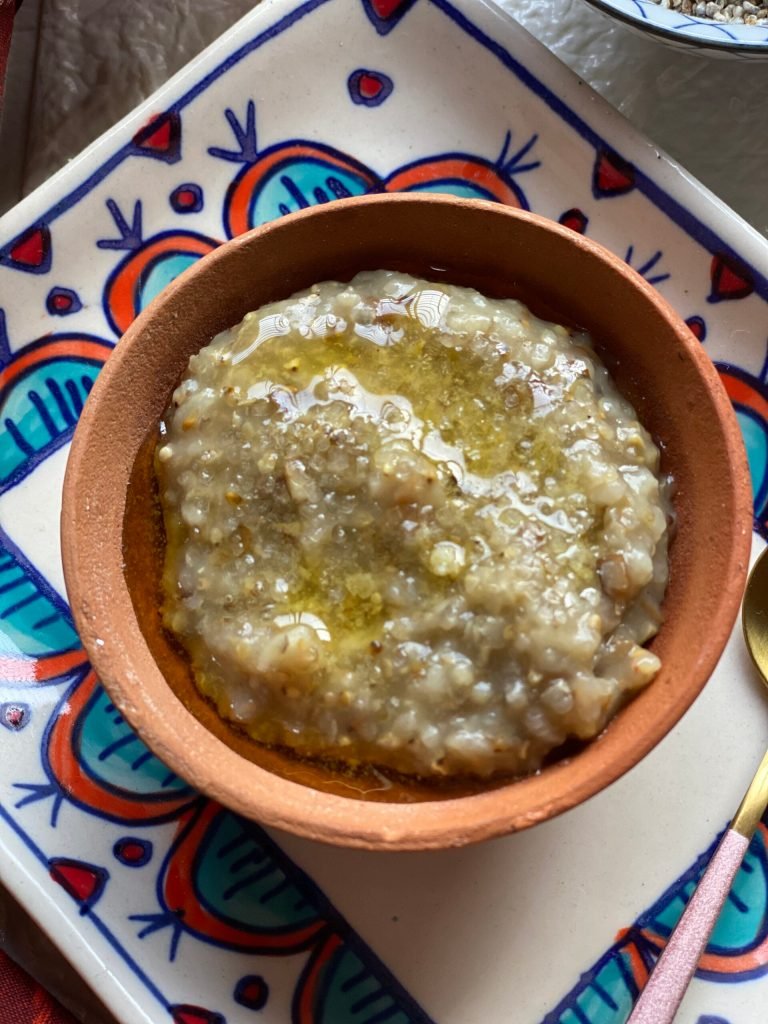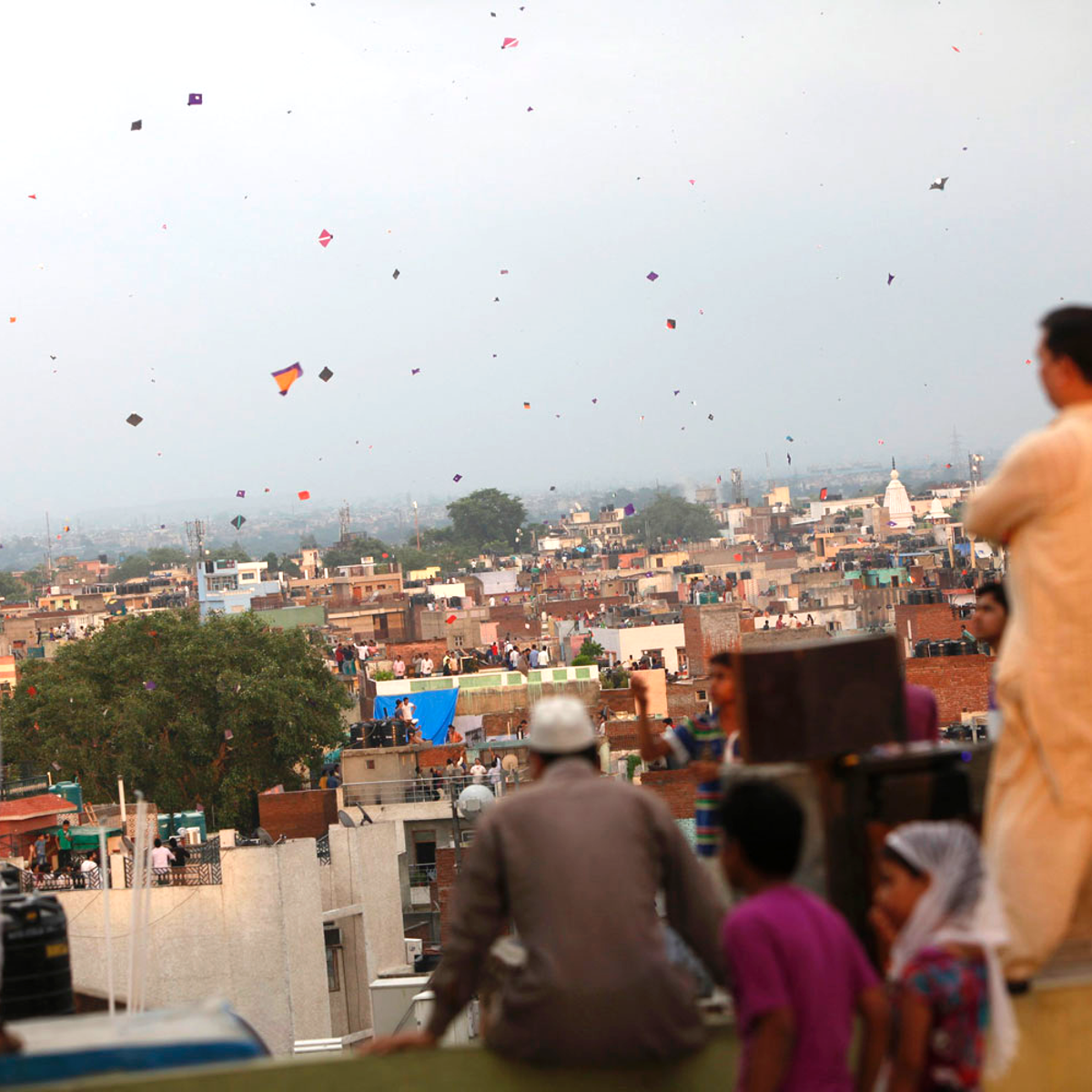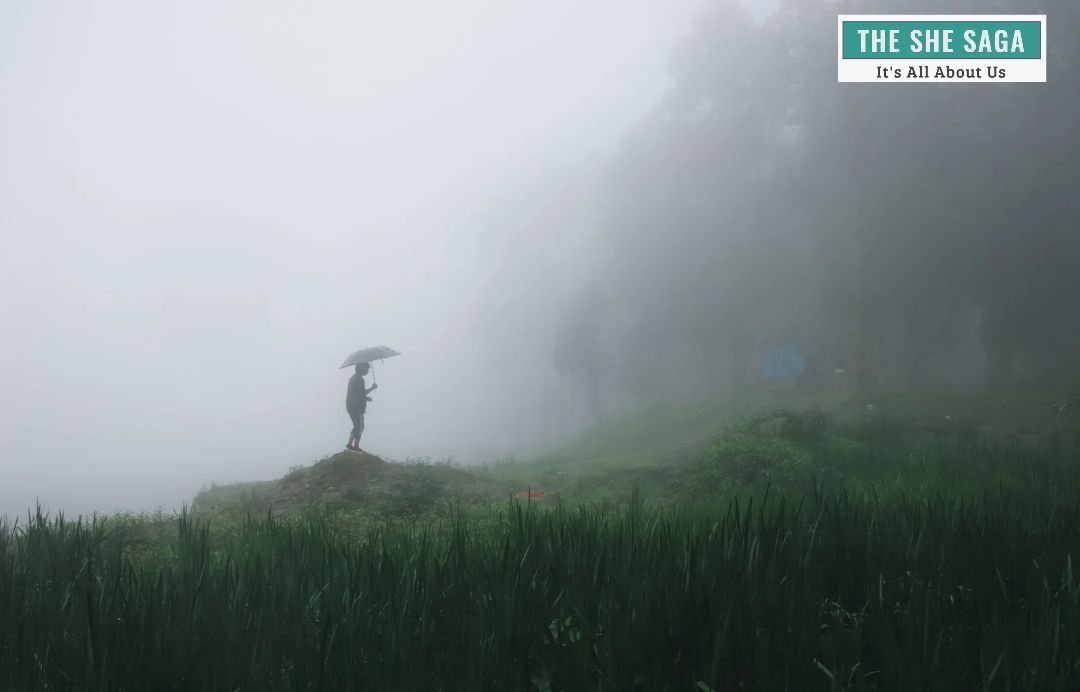It was a warm, breezy morning. The clock struck six, but the surroundings were as cheerful as it could be. Though the crepuscular rays had gorbed the dark and enshrouded the stars, the sky was bejewelled, with varicolored kites. People applauding, teasing, and even shouting from terraces nearby and far away could be heard.
The Historical base of the festival
It was Akha Teej or Akshay Tritiya. King Bika had laid the foundation of Bikaner on Vaisakh Shukla Dwitiya, and hence Tritiya is celebrated throughout Bikaner.
“Pandrah Sau Pentalve, Sud Baisakh Sumer;
Tahaavar Beej Tharapiyo, Biko Bikaner.”
On the second day of the lighter half of Vaisakh in the year 1545 (Vikram era), April 13, 1488 (Gregorian), Bika set the foundation for Bikaner.
The Religious and Mythological Significance
- Akshay Tritiya is believed by the Hindus to be the birthday of Parasurama, the sixth avatar of Vishnu, and that of Annapurna, the Goddess of Food. 9
- It is also on this day that Sage Vyasa began reciting the Hindu epic Mahabharata to Lord Ganesha.
- The river Ganges descended to earth on Akshay Tritiya.
- The Rath Yatra of Lord Jagannath begins in Puri, Odisha on this auspicious day.
- In Jainism, Akshay Tritiya commemorates the first Tirthankara (Rishabhanatha), ending his year-long fast by consuming sugarcane juice poured into his cupped hands. Some Jains refer to the festival as Varshi Tapa.

Meanwhile, in Bikaner…
The city celebrates its birthday with a sky full of kites.
A feast of traditional cuisine, sweet and savoury bites.
At home, the cooker whistled. Mom and aunts were preparing the traditional Khichda (prepared with cracked wheat and lentils) and aamal pani or imlani (tamarind water), one of the traditions for the day. A new earthen pot had been purchased the previous day, washed, soaked, and readied for use. For the occasion, it was adorned with a Kumkum Swastik and a necklace of mauli around its mouth.
Vaisakh marks the rising mercury levels, especially in north-western Rajasthan, and hence the custom of getting a new matka. The imlani protects people who readily bear the scorch and loo (the hot, dry local winds) for the craze of flying kites, even when the sun is overhead.
Along with the bigger pots, the smaller ones called ‘lotdi’ are bought for kids and adorned with the same swastik and mauli. I still carry one of those lotdis, upstairs. Mother always has a busy schedule; attending the Varshitap Parna ceremony of one of her relatives, giving alms to the needy, and then buying a pair of gold bangles. What a better day than Akshay Tritiya!
Akshay Tritiya; Scientific, Spiritual, and Economic Significance
Akshaya means unperishable, un-decaying, and eternal.
On Akha Teej, the sun and moon are in exaltation and are at their peak levels of brightness. All the groups of energies combine. If any activity is done during this time interval, there is a natural push towards the goal that is indestructible and eventually flourishes with time. New ventures, purchasing valuable commodities, and making new investments are common practises. Also, donations are made on a large scale.
Akshaya Tritiya is the day when the new cycle of Indian agriculture begins.
There are tales of prosperity associated with this day. Kubera became the custodian of wealth by worshipping Shiva. Sudama went to meet Krishna and was blessed. Krishna gave Akshay Patra (the divine vessel with a never-ending supply of food) to Draupadi. The day is considered auspicious throughout the country for buying gold and silver to bring in wealth and prosperity.

The celebration continues…
It was almost noon. The tanned faces of my brother and cousins peered up the wall every now and then, demanding some sharbat, sandwiches, or thandai. Since it is a holiday in Bikaner, my father and uncles were at home. The family sat down for the luncheon: sweets, khichda, fryums, and aamal pani, followed by a round of curries, breads, and some more sweets.
People in Bikaner have at least four ‘sweet teeth,’ and saying no to sweets is not acceptable! In the evening, the city dwellers climb up the terraces. The music is louder, and so are the applause and the tantrums. There are arrangements for snacks, sweets, thandai, and lemonade, all up there on the terrace. In Bikaner, the royal Chanda (moon-shaped) kite soars high as a part of tradition.
The festival is not religious in nature for it is the birthday of our land, and every Bikaneri celebrates it with the same fervour.
Child marriages: An unending evil
Akshay Tritiya also marks an auspicious mahurat for weddings (akshay means undying and eternal, remember?). Unfortunately, it is infamous for child marriages, which still take place in large numbers, especially in rural areas. The administration keeps a check, but no matter how many messages are written on the kites advocating against it, people do not understand the gravity.
The festivities end when the sky lanterns pervade the ether and partner with the stars in adding shimmer and glimmer to it.
And no matter where a Bikaneri resides, the fondness for bhujia, papad, mithai, and Akhateej stays with them.
To the folks in folklore, a lesson it joyfully imparts
And my city embraces all the diversities with a royal heart.
ANKURITA KHAJANCHI

















Facebook Comments